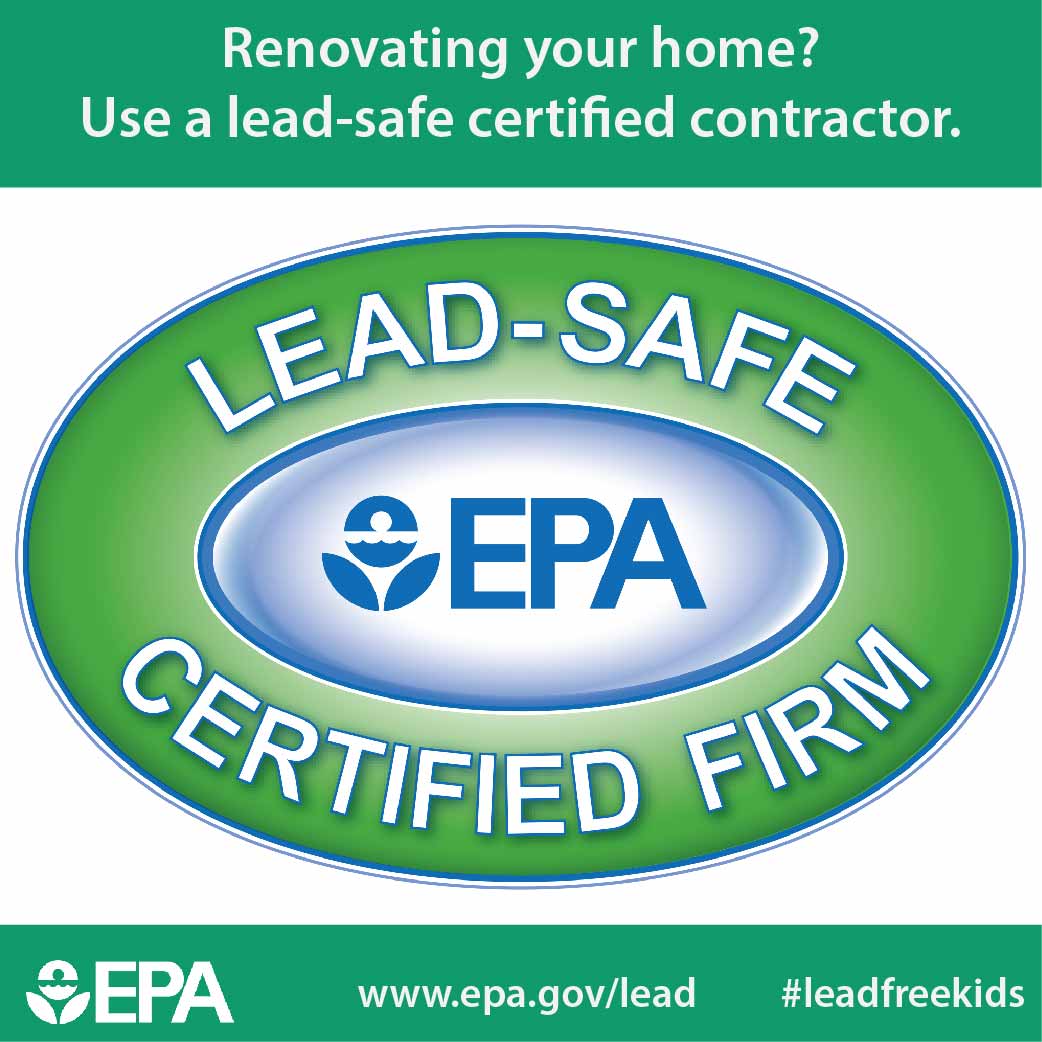Seasonal Considerations For Commercial Exterior Paint: What You Required To Know
Seasonal Considerations For Commercial Exterior Paint: What You Required To Know
Blog Article
Web Content By-Ford Whalen
When you're preparing an industrial exterior paint task, seasonal aspects can make or damage your outcomes. You'll want to think about how temperature level and humidity effect paint application and drying times. Selecting the ideal season can guarantee your paint adheres properly and lasts longer. Yet which periods are absolutely the most effective for this type of work? Let's explore the crucial elements that can influence your project's success.
The Impact of Temperature on Paint Application
When you're preparing a commercial exterior painting job, the temperature can significantly affect exactly how well the paint sticks and dries out.
Ideally, you intend to paint when temperatures vary in between 50 ° F and 85 ° F. If it's too chilly, the paint may not heal properly, bring about concerns like peeling or cracking.
On the flip side, if it's too warm, the paint can dry out too swiftly, avoiding appropriate adhesion and causing an unequal coating.
You need to additionally take into consideration the time of day; early morning or late afternoon uses cooler temperatures, which can be extra beneficial.
Constantly inspect the maker's referrals for the particular paint you're utilizing, as they commonly supply assistance on the suitable temperature level range for optimum results.
Humidity and Its Effect on Drying Times
Temperature isn't the only environmental factor that affects your business outside painting job; humidity plays a substantial function as well. interior painters near me can decrease drying times drastically, influencing the overall quality of your paint work.
When the air is filled with wetness, the paint takes longer to cure, which can result in concerns like bad bond and a greater threat of mildew growth. If you're painting on a specifically moist day, be prepared for extended delay times between layers.
It's important to check local weather and strategy appropriately. Ideally, just click the following page for moisture levels in between 40% and 70% for optimum drying.
Keeping these factors in mind guarantees your task remains on track and provides an enduring finish.
Best Seasons for Commercial Outside Painting Projects
What's the very best time of year for your commercial external paint tasks?
Spring and very early fall are normally your best options. During these periods, temperature levels are mild, and humidity levels are often reduced, developing ideal conditions for paint application and drying.
Stay clear of summer's intense heat, which can create paint to completely dry too promptly, causing bad bond and coating. In a similar way, wintertime's cool temperatures can hinder correct drying out and healing, risking the durability of your paint task.
Aim for days with temperatures between 50 ° F and 85 ° F for ideal outcomes. Keep in mind to examine the local weather prediction for rain, as wet problems can wreck your job.
Preparation around these elements ensures your painting task runs smoothly and lasts longer.
Conclusion
To conclude, preparing your business outside paint tasks around seasonal considerations can make a significant distinction in the outcome. By organizing work throughout the optimal temperature levels and moisture degrees, you'll ensure better adhesion and drying times. Bear in mind to keep an eye on regional weather report and choose the right time of year-- springtime and very early loss are your best options. Taking these steps will certainly help you achieve a durable and professional coating that lasts.
